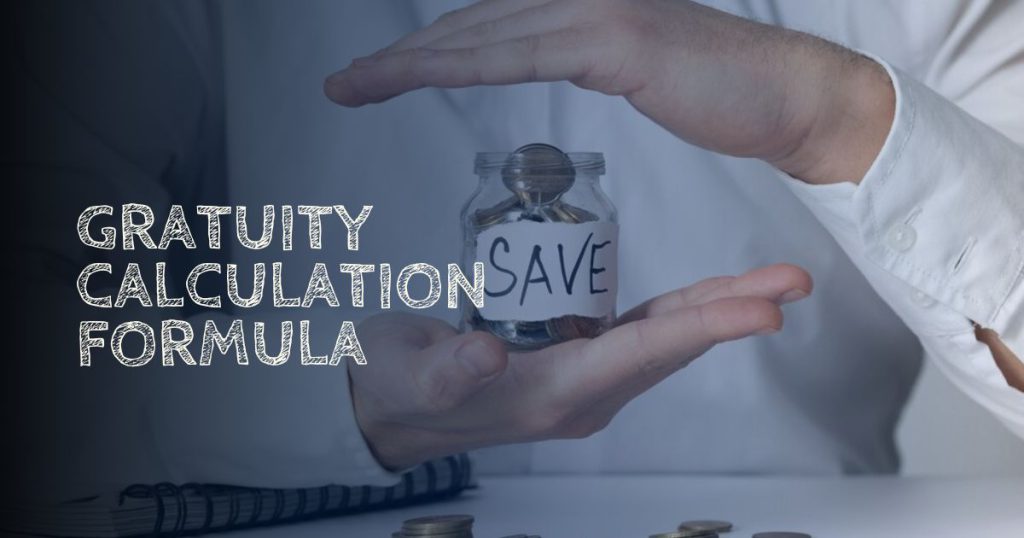While fixed deposit seems to be one of the safest and preferred avenues for risk-averse investors. While it is considered safe, its tax implications often seem to be confusing. Read on to understand the various financial and tax aspects of time deposits.
Financial aspects of FD/ RD
- Initial deposit – The amount of money invested in the start.
- Interest accrued/ received – Could be computed at a chosen frequency, be it monthly, quarterly or annually.
- Maturity proceeds – Receipt of amount at the time of maturity. This could be standalone principal or principal along with interest.
Interest on FD – Reporting & Compliance
- The interest can be tracked through bank FD statements (e-statements and physical statements). Additionally, this is available for tax payers to view on the AIS (or Annual information statement) and Form 26AS.
- As per Rule 114E of the Income-tax Rules, 1962, banks and financial institutions are required to report details of time deposits annually (Form SFT-016) by 31st May following each financial year.
- If interest income exceeds ₹5,000 per annum for the holder of the deposit (approximately on a principal of ₹70,000 at 7% p.a.), it must be reported by the bank.
- Form 26AS is a consolidation of all income and TDS credit available to the taxpayer.
- Interest income is taxable under the head– “Income from other sources”.
When is Interest on fixed deposit Not taxable?
As per Section 194A, TDS is deducted on the interest on bank deposits at
- rate of 10%
- rate of 20% (non-availability of PAN)
only if interest exceeds Rs. 50,000/- for individuals and Rs 1,00,000/- for senior citizens (FY 25-26).
In case, the taxpayer has an interest of less than Rs.40,000/- for individual and Rs 50,000/- for senior citizen and wants to avoid deduction of tax, they must furnish Form 15G/H.
Taxability of the interest under Old vs New regime
| Particulars | Old Regime | New Regime |
| Initial deposit of money | Deduction u/s 80C only for tax saver FDs (5-year lock-in).Total limit for Section 80C- Rs 1,50,000/-. Available only for individuals. | 80C is not available, hence, no deduction. |
| Interest (accrued/ received in whatever frequency) | Deduction us/ 80TTB only applicable for senior citizens. Can be claimed upto Rs 50,000/- (increased to Rs 1,00,000/- for FY 2025-26) | 80TTB is not available, hence, no deduction. |
| Redemption of FD | No tax on principal | No tax on principal |
Illustrations
Case A – Mr. X (Non-senior citizen)
- earns Rs 60,000 as interest on Fixed deposit,
- reflected in AIS and TDS of Rs.6,000 (10%) appears in Form 26AS.
- no deduction allowed (old or new regime) as he is a non-senior citizen
- if his income is below the basic exemption limit, or qualifies for Section87A relief, tax impact can be reduced.
Case B – Mr. Y (senior citizen)
- earns Rs 40,000 as interest on Fixed deposit
- reflected in the AIS and no deduction of TDS as within the limit of Section 194A
- deduction allowed u/s 80TTB with a limit of Rs. 50,000/- only for old regime
- for new regime – if his income is below the basic exemption limit, or qualifies for Section 87A relief, tax impact can be reduced
Key takeaways
- Under the old regime, senior citizens enjoy better tax benefits on FD interest due to Section 80TTB
- New regime offers no deduction or exemptions on interest on FD
- TDS is deducted u/s 194A at 10% in case interest exceeds Rs.50,000/- and Rs.1,00,000/-
- Interest on FD gets captured in Form 26AS and AIS
FAQs
Yes, by submitting Form 15G or 15H if income is below the taxable limit.
Yes, interest from fixed and recurring deposits is taxable as per income tax slabs.
TDS is deducted annually when interest is credited, not at maturity.
Yes, refund can be claimed while filing your income tax return.


